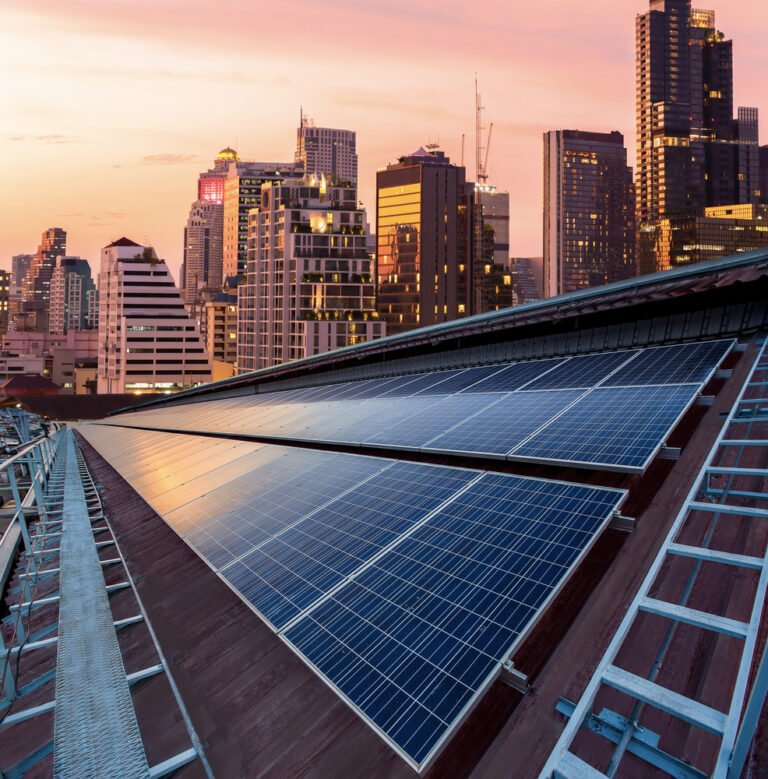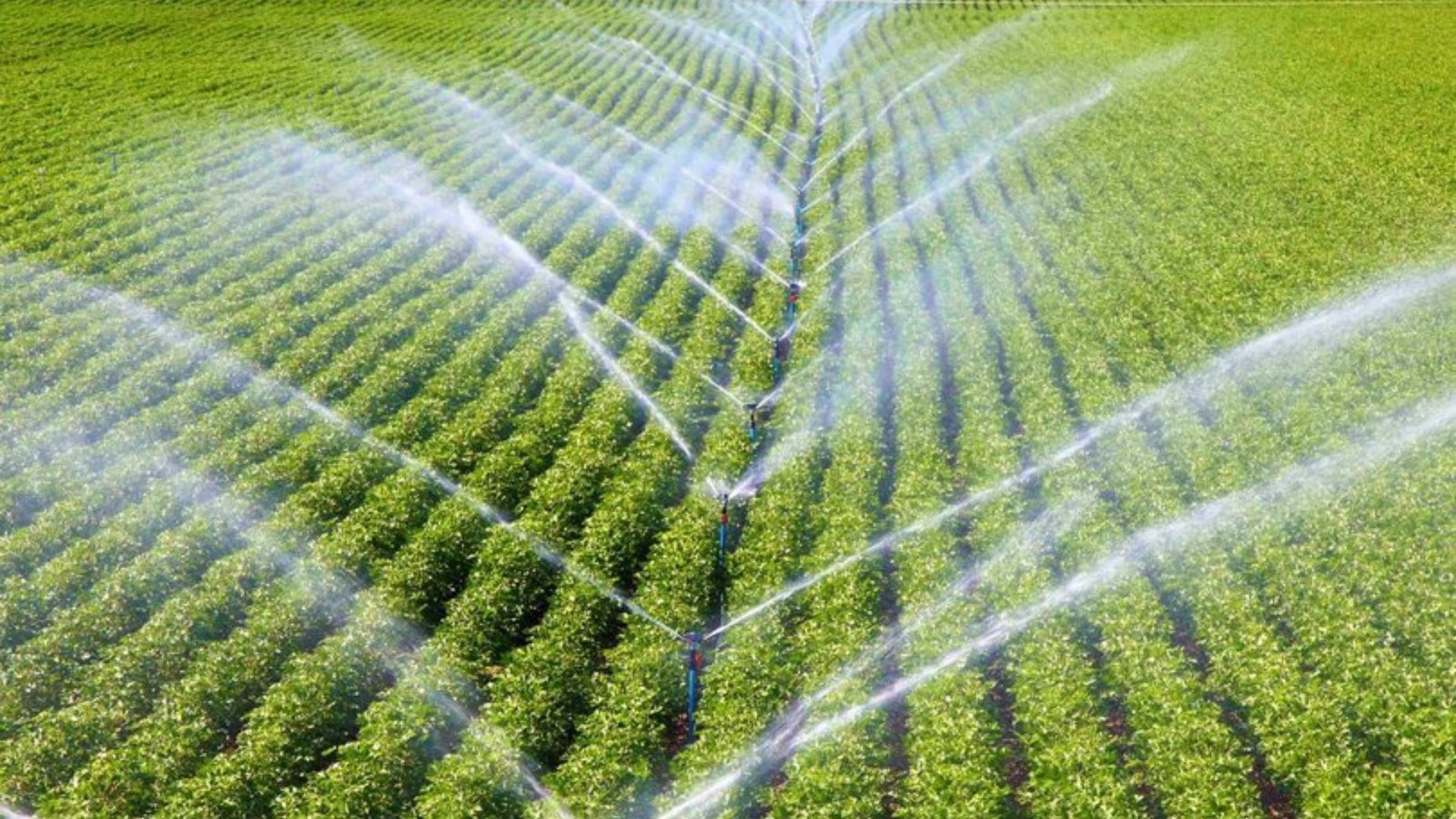As the demand for renewable energy grows, infrastructure design plays a crucial role in its development and integration. From accommodating solar panels on rooftops to supporting expansive wind farms, well-planned infrastructure ensures that renewable energy systems operate efficiently and sustainably.
1. The Connection Between Infrastructure and Renewable Energy
Infrastructure serves as the backbone for renewable energy systems. It includes the physical structures and facilities that enable the generation, transmission, and storage of energy. A well-designed infrastructure ensures that:
- Renewable energy sources are accessible.
- Energy can be distributed efficiently.
- Systems are resilient to environmental challenges.
2. Types of Renewable Energy and Infrastructure Needs
1. Solar Energy
- Infrastructure Needs: Solar panels require mounting systems, rooftops, or dedicated solar farms. Energy storage systems like batteries are essential for capturing excess energy.
- Innovations: Solar canopies and floating solar farms optimize land use while generating clean energy.
2. Wind Energy
- Infrastructure Needs: Wind turbines depend on sturdy foundations, access roads, and transmission lines to connect to power grids.
- Innovations: Offshore wind farms leverage marine infrastructure for higher efficiency.
3. Hydropower
- Infrastructure Needs: Dams, reservoirs, and water channels are crucial for harnessing energy from flowing water.
- Innovations: Small-scale hydro systems integrate with existing water infrastructure for localized energy production.
4. Geothermal Energy
- Infrastructure Needs: Geothermal plants require deep drilling systems and extensive pipelines for energy extraction and distribution.
- Innovations: District heating systems use geothermal energy for urban heating needs.
5. Biomass Energy
- Infrastructure Needs: Facilities for processing organic materials and power plants for energy conversion are critical.
- Innovations: Waste-to-energy plants convert municipal waste into usable energy.
3. Designing Infrastructure for Renewable Energy Integration
1. Grid Modernization
- Smart grids improve energy distribution and balance demand with supply.
- Microgrids allow localized energy management, ensuring resilience.
2. Energy Storage Solutions
- Battery systems store excess energy for later use, stabilizing supply.
- Pumped hydroelectric storage supports grid flexibility during peak demands.
3. Transportation Infrastructure
- EV charging stations expand the use of renewable energy in transport.
- Renewable-powered transit systems reduce emissions and promote green mobility.
4. Land Use Optimization
- Dual-use designs like agrivoltaics combine farming with solar energy generation.
- Brownfield redevelopment transforms underutilized lands into renewable energy sites.
4. Challenges in Renewable Energy Infrastructure Design
- Cost: High initial investment for modernizing infrastructure and integrating renewable systems.
- Space Limitations: Urban areas often lack sufficient land for large-scale projects.
- Environmental Impact: Infrastructure must minimize disruptions to ecosystems.
- Policy and Regulation: Varying local and national laws can delay project implementation.

5. Opportunities for Future Growth
1. Advanced Materials
- Lightweight, durable materials improve the efficiency and lifespan of renewable energy infrastructure.
2. Digital Solutions
- IoT and AI optimize energy systems for better performance and reduced waste.
3. Community Engagement
- Involving local communities in renewable projects ensures acceptance and long-term success.
4. International Collaboration
- Sharing technologies and strategies accelerates global renewable energy adoption.
6. Case Studies of Renewable Energy Infrastructure
1. Tengger Desert Solar Park, China
This vast solar farm uses optimized infrastructure to generate over 1,500 MW of energy.
2. Hornsea Wind Farm, UK
The world’s largest offshore wind farm highlights the potential of marine infrastructure in renewable energy.
3. Iceland’s Geothermal Network
Iceland’s infrastructure harnesses geothermal energy to power homes and industries sustainably.
Exploring Online Entertainment After Business Insights
Horvath & Associates offers valuable insights and consulting in the business world, a field demanding keen analytical skills. After a day of strategic thinking and analysis, some individuals may seek engaging online entertainment. For those interested in thrilling digital experiences, exploring platforms like crazy vegas online casinos can provide an exciting option. Remember to engage in online activities responsibly and within your limits after your professional endeavors.
Conclusion
Infrastructure design is a critical enabler of renewable energy systems. By incorporating modern technology, sustainability principles, and innovative solutions, infrastructure not only supports clean energy generation but also paves the way for a greener, more resilient future.




